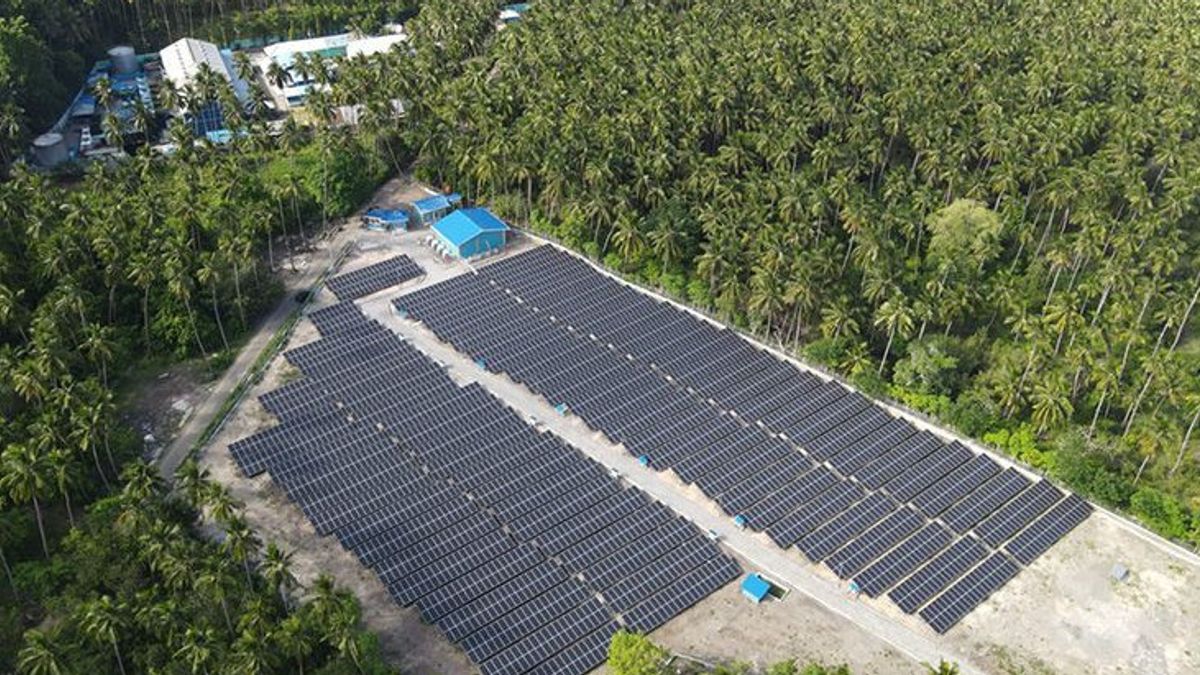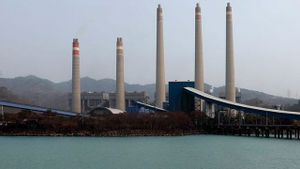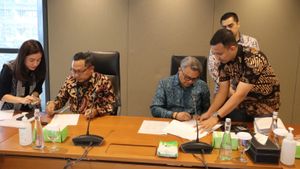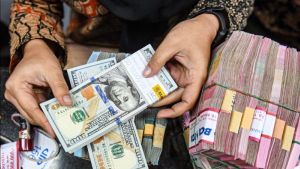JAKARTA - PLN President Director Darmawan Prasodjo admits that until now the price of electricity from renewable energy such as Solar Power Plants (PLTS) is not cheap. However, he is optimistic that the price of NRE electricity will continue to fall over time.
Darmawan refers to the 2015 contract in which the price of electricity produced by the Solar Power Plant (PLTS) is 25 cents per kWh. Then in 2017 it fell to 10 cents per kWh and by the end of 2020 it was close to 3.8 cents per kWh.
"For 5 years, there has been an 80 percent reduction. It's not cheap at the moment, but with a significant decline in recent years, we believe that it will be cheaper in the future," he said at the Energy Transitions Working Group press conference broadcast via YouTube channel, quoted Friday, March 25.
For this reason, Dharmawan targets to continue to lower battery prices to make solar energy more affordable so that the renewable energy transition process occurs faster.
He also compared it with wind or wind power plants in 2015 which cost 50 cents per kwh. But now it has fallen to close to 12-13 cents per kwh.
Meanwhile, for Diesel Power Plants (PLTD) the price of electricity is in the range of 28 cents per kwh, assuming oil is 63 US dollars per barrel.
"If it is adjusted to the world oil price which has touched more than 100 US dollars per barrel, it will obviously be more expensive," he continued.
For this reason, he believes, the transition of energy from fossil to NRE is increasingly needed because it has a relatively cheaper economic price.
SEE ALSO:
"Technology and innovation can reduce the price of renewable energy plants and can answer the dilemma between clean but expensive energy or dirty but cheap energy. This can be answered, that within a period of time clean and cheap energy can be achieved," said Darmawan.
To reduce carbon emissions and increase the clean energy mix, PT PLN (Persero) has conducted a dieselization program or conversion of around 5.200 diesel power plants (PLTD) which are currently still operating in a number of areas, particularly in remote areas. This PLTD will later be converted to a new renewable energy (EBT)-based power plant, gas generator, or integration with the national grid.
The Minister of Energy and Mineral Resources, Arifin Tasrif, emphasized that the dieselization program is a key program in the roadmap that has been prepared by the Ministry of Energy and Mineral Resources to reduce greenhouse gas (GHG) emissions to achieve the Net Zero Emission 2060 target.
The English, Chinese, Japanese, Arabic, and French versions are automatically generated by the AI. So there may still be inaccuracies in translating, please always see Indonesian as our main language. (system supported by DigitalSiber.id)










